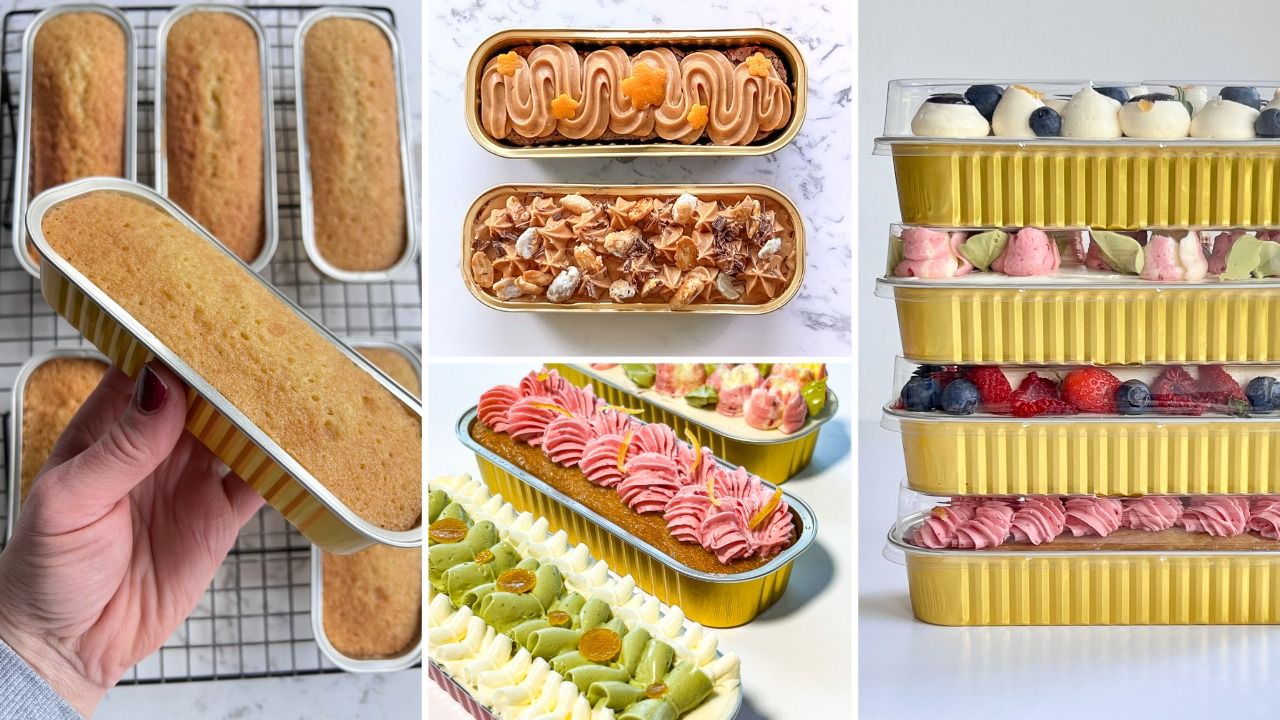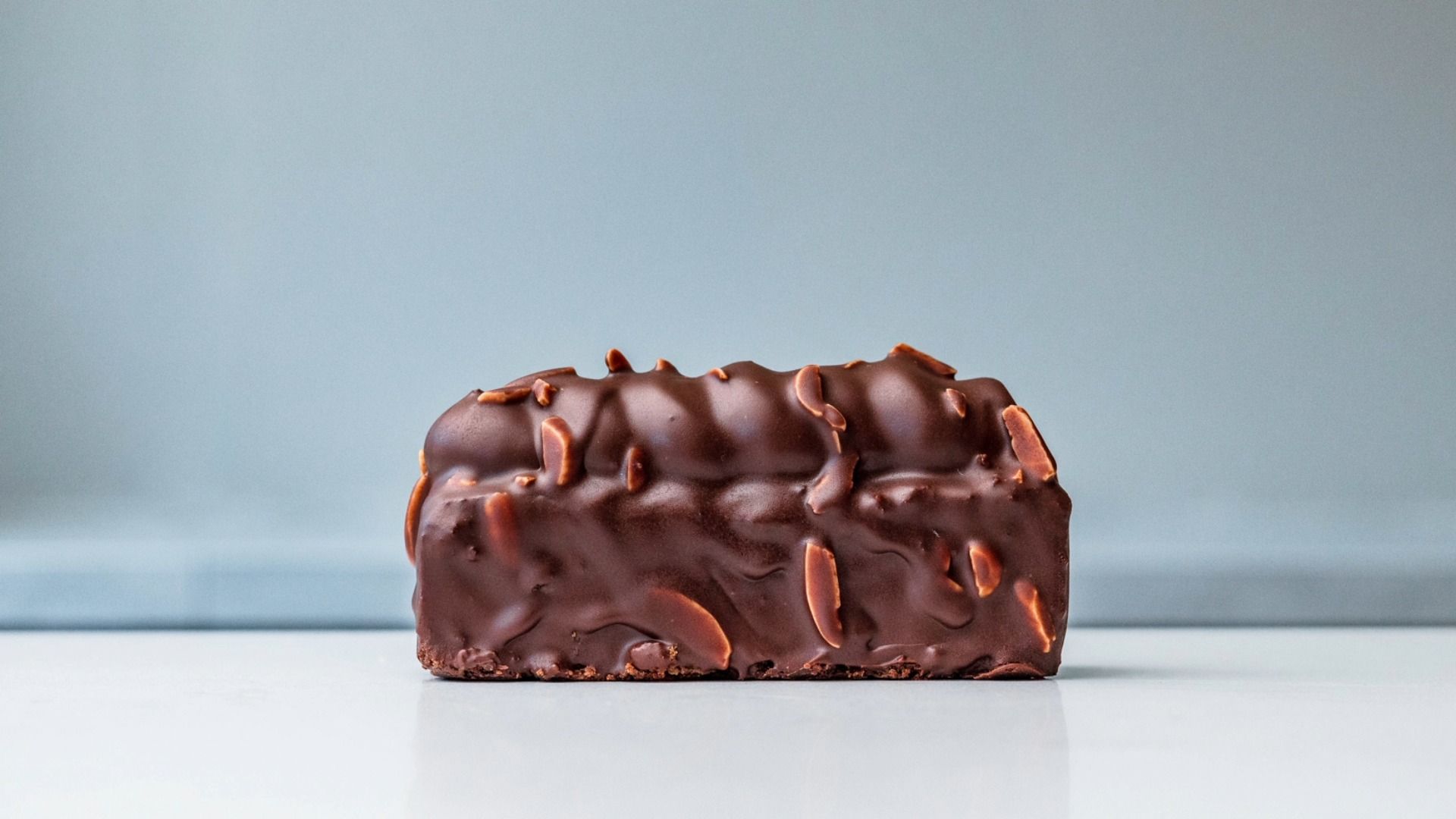How To Price A Cake To Make A Profit!

This is one topic that I struggled with when I started out. I know many cake makers, particularly when they get started, also really struggle with knowing how to price their cakes. I have seen so much information online about this and most of it is utterly confusing or plain wrong.
If you are just making cakes as a hobby or for a bit of pocket money, then by all means charge as little as you want. But if you want to make a business out of your cake making and actually earn a living, then you need to charge properly for your work so that you are making not only a wage for yourself but also a PROFIT!
Believe in Yourself!
Aside from the confusing information that proliferates the internet on the topic, I think the biggest issue behind cake makers not charging properly is a lack of confidence in themselves or their product (I know this because I’ve been there!).
It is understandable in the early days because you are just getting started, but you need to believe in yourself and have confidence in your own ability and in your product. I know it’s tough when you start out because you are desperate to attract customers and don’t want to put people off by price. But you must stick to your guns and follow the principles set out below. If you cut your prices simply to attract customers then it is you who is losing out by not being paid properly for your work, and it will not become a viable business. I see more cake makers worrying about overcharging than they do about undercharging, which is crazy. There is nothing wrong in being too expensive for some people (or even sometimes most people).
Focus on Value not Price
Once you have calculated the prices for your cakes, make sure you then focus on the value you offer to your customers. One of the messages you will hear me say is that you should not focus on price but instead focus on value.
This is a whole other topic in itself, but in short, what is the benefit to the customer of ordering from you as opposed to one of your competitors, what is your point of difference, what is your USP, how do you differentiate yourself from your competitors?
Maybe you have a particular niche or specialism, maybe you use a certain quality of ingredients, maybe you are a highly trained and experienced cake maker, or maybe you have many awards and accolades to your name. Whatever it is, make sure you focus on these points to explain the benefits and value that a customer will get from your cakes.
Do not take the easy option!
Don’t be fooled into using some simple online calculator because it is easy. For example, I’ve seen things like ‘just multiply your ingredients by 3’, or ‘just take the cost of ingredients plus labour’, neither of which are good enough if you want to run a business. If you want to price your cakes properly you are going to have to put in some leg work. It will take you time and there is no escaping this if you want to do it correctly. Devoting time now will make you money in the future. Do not take any shortcuts on this topic under any circumstances.
It may seem a little overwhelming at first, but don’t worry, I have prepared a simple 5 step framework to guide you through the process. This Framework is available to download for FREE on my Freebies page.
In the meantime, I thought it would be helpful to highlight the mistakes many cake businesses make when it comes to pricing, I have been guilty of many of them myself, but hopefully I can help you avoid them!
Common Mistakes
- Not valuing your time properly. You must include a proper wage for yourself for the time it has taken you to carry out the work. Make sure you know (or you can estimate) how long each step of the process takes and then multiple that by an hourly rate. It is so common to see cake makers charging prices that take no proper account of the time taken, and once the costs have been deducted leaves an hourly rate below minimum wage.
- Using ‘Easy’ pricing tools. I’ve already addressed this above. Don’t be fooled into the easy option. It will take you time to work out your prices, but you must do it properly if you want to make a living out of this or build a business.
- Inaccurate Ingredient Costs. Keep a record of your ingredient costs and where you source them from. Ingredient prices are always fluctuating so you should be reviewing these prices regularly (at least once per month) to make sure your list remains accurate. At the time of writing, chocolate prices are skyrocketing so if you are using the same chocolate prices from only a month or two ago you will not be charging the correct price. Always weigh your ingredients in grams so you are very accurate in what you are using, which in turn makes your pricing process more accurate.
- Not accounting for fixed and variable costs. Fixed costs are costs that remain the same no matter how much you produce (e.g. insurance, internet/phone, depreciation) and variable costs are costs that vary depending on how much you produce (e.g. electricity / gas, cleaning products, parchment paper). There is more on this below, but make sure you have a list of all your fixed and variable costs so that you can take these into account when pricing your cakes. And of course, make sure you review this list every month to ensure it remains accurate.
- Not accounting for Wastage. When you bake a cake, you will lose ingredients at every stage of the process. For example, you will pay for bags of sugar or flour but you will never use some of this sugar or flour because it will remain in the bag. When weighing up ingredients, you will spill some or some will stick to the bowl. When mixing a batter, no matter how careful you are, there will always be some that sticks to the spoon, paddle and bowl. When piping, some of the batter mix will stay in the piping bag. There are many examples, but at each stage of the process you will lose some ingredients that do not go into the cake. These wasted ingredients need to be considered: For one cake, they may not seem like much, but if you multiply it over a year, particularly if you are doing high numbers, it will add up to a significant sum. You need to have the correct amount of batter to fill your cake tin - you should be weighing the amount of batter that goes into the tin each time so you know your cakes are consistent and the same size. If you want to make 4 cakes in one batch of batter for example, if you just multiply the basic recipe by 4 you will not have enough batter to fill your cake tins because you will lose some of the batter during the process. You need to make allowance for this. The same principle applies to packaging. For example, when you order cake boxes in bulk, there are always a few that are damaged or faulty. So instead of having bought 200 you have actually paid for say 195, so each one is more expensive than the unit price you paid. This needs to be accounted for and passed on to your customer.We can do all this by applying a simple percentage variation and I explain this in the 5 Step Framework.
- Do not compete on price. If you are constantly looking to undercut your competitors and market yourself on being the cheapest you are in a race to the bottom. I have touched on this above. Market your cakes based on your point of difference and the value you offer to your customers. Believe in yourself and your cakes!
- Not charging for delivery. I have definitely been guilty of this when I started out, or at least not charging properly for delivery. If a customer wants the cake delivered, then they should be charged for this. Not only are there costs associated with delivery (e.g. fuel, taxi or public transport) but there is also your time. Also, don’t forget that if you deliver a cake to a customer there are also your costs and time in getting back home again! I regret to say that when I started out, I would charge a customer for the cost of taking the cake to them, but I would only charge the cost of the taxi fare. I did not account for my time or the return journey – an expensive lesson!
- Not leaving a margin for profit. If you are wanting to run a business, then you need a profit margin. If you have no profit, then you have no business. Once you have accounted for the cost of ingredients, a wage for your work and your fixed and variable costs then you need to account for a profit margin. Having good profits demonstrates a successful business and they also give you’re the opportunity to grow; you can the profits to reinvest into the business, for example to buy equipment, boost your marketing or to hire help or outsource some tasks.
You can download the 5 Step Framework for Pricing Cakes on my Freebies page.
Join The Pastry Edit
Weekly guidance for bakers who want to move beyond hobby baking and grow into confident, skilled, profitable professionals.
By subscribing, you’ll receive my weekly baking insights, digital product updates, and exclusive offers. You can unsubscribe anytime.




